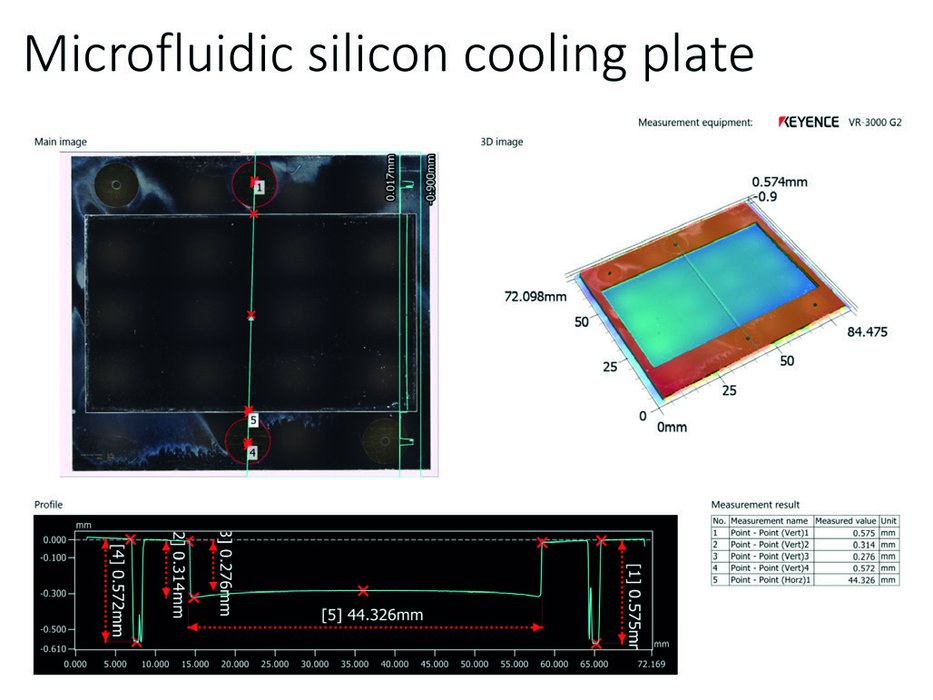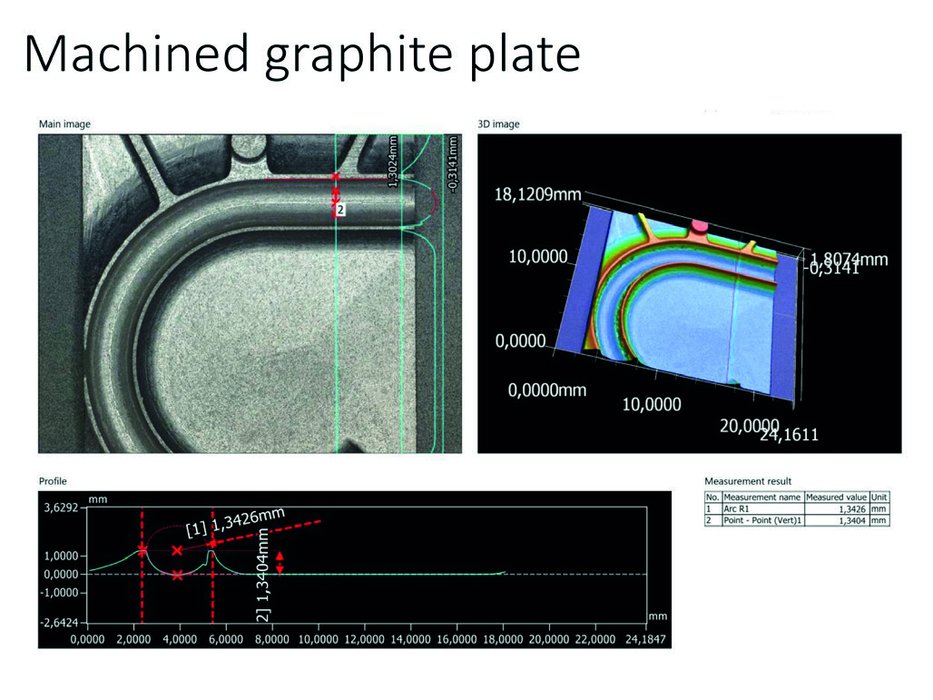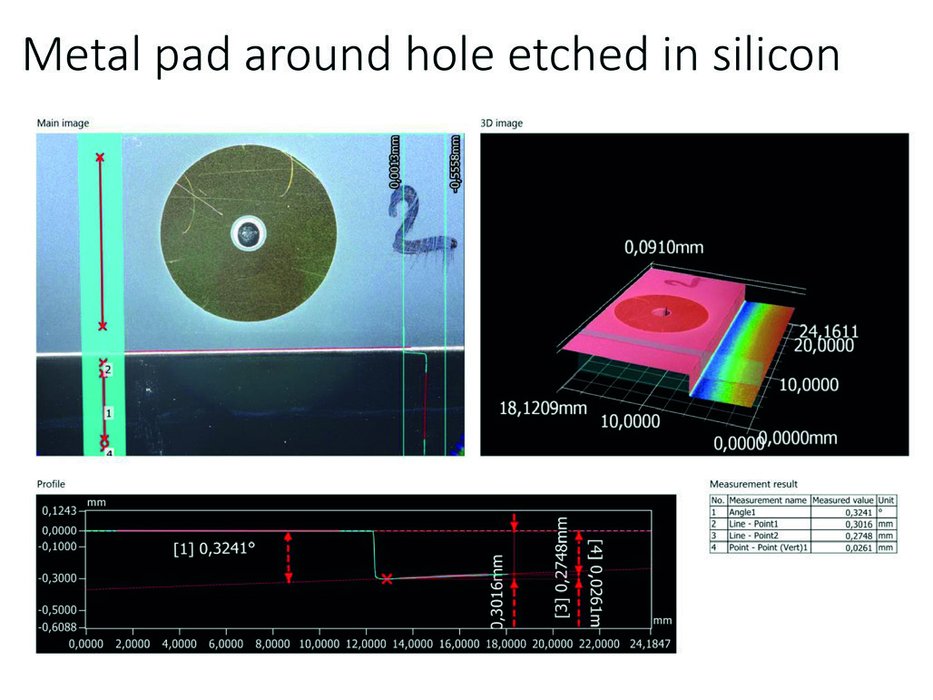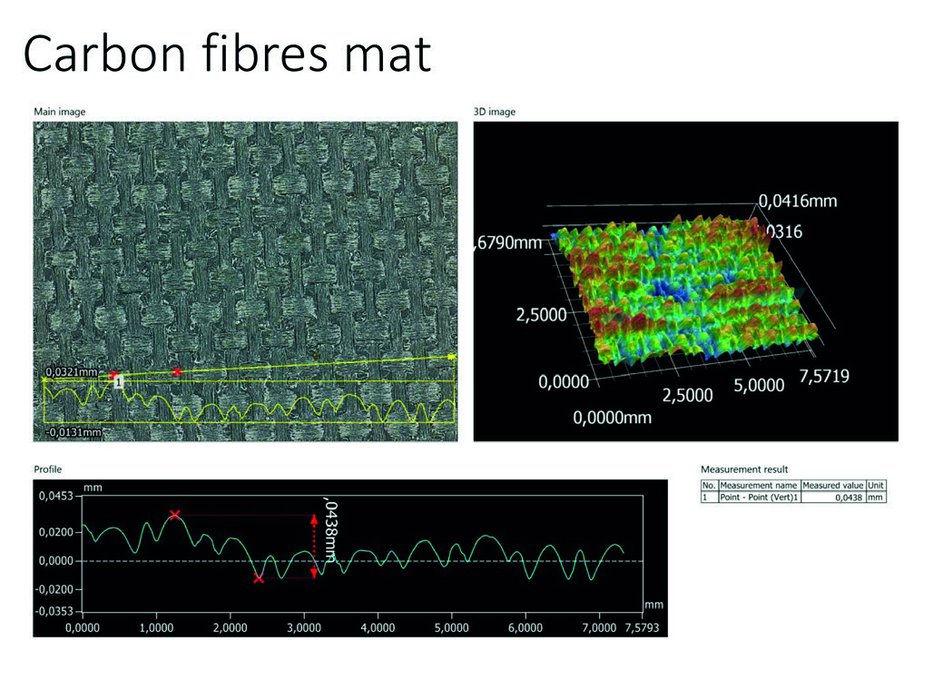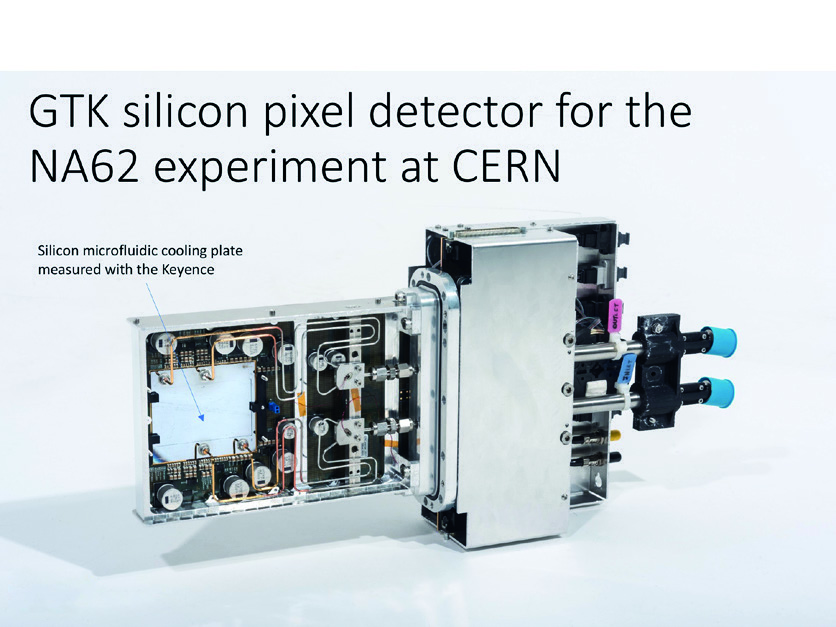www.industry-asia-pacific.com
30
'18
Written on Modified on
High-energy physics at CERN gets a boost from KEYENCE measuring instrument
Physics – the study of matter, energy and the forces acting between them – has a fundamental role in the progress of humankind. Science and technological advances are key global economic drivers, and progress relies increasingly on scientific discoveries. With so much at stake, today’s leading research centres, laboratories and scientific organisations, irrespective of geography, look for the highest quality instruments.
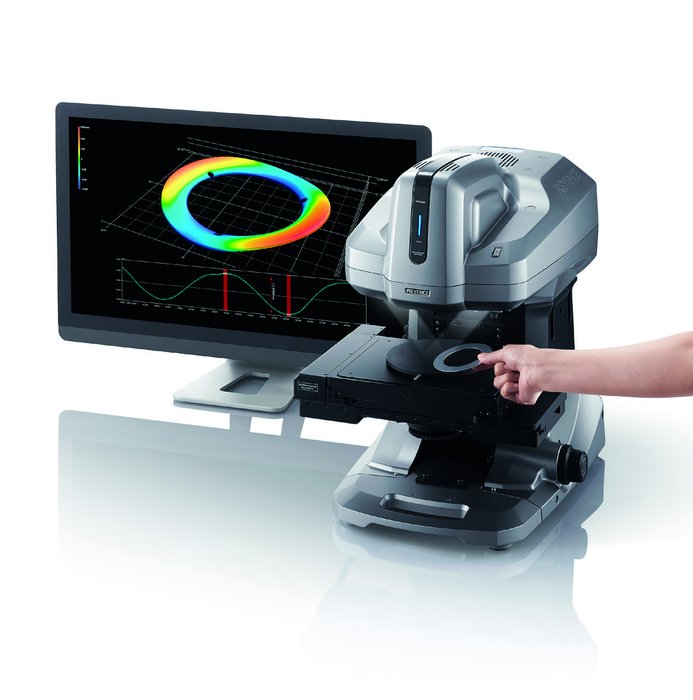
Accelerators boost beams of particles to high energies before beams are made to collide with each other or with stationary targets. Detectors observe and record the results of these collisions. The Detector Technologies (EP-DT) group of the Experimental Physics department (EP) of CERN participates in the development, construction and operation of these particle detectors. The DT group’s activities comprise detector consolidation and upgrade projects as well as infrastructure for experiments.
A key asset of the EP-DT group is its vast range of expertise and facilities in many different domains that are crucial for advanced detector systems. Among these are detector R&D, fine mechanics, engineering, micro-fabrication, and thin film coatings. DT runs several mechanical workshops with conventional and CNC machines, along with specialized equipment for machining scintillators, glass and ceramics. It also operates and maintains a wire-bonding lab, two irradiation facilities as well as a quality assurance and reliability testing service.
“Three-dimensional high-resolution metrology is a necessity for us, both in the R&D phase when a good understanding of the prototypes is required, and during the construction of detectors — for Quality Assurance and Quality Control (QA/QC)” explains Alessandro Mapelli, microsystems engineer. “This often requires cumbersome preparation of the samples. Furthermore, several adjustments need to be made by the user. This is compounded by the fact that most complicated structures cannot be analysed if not by destructive means.”
Aware of these challenges, the technical and scientific staff of CERN’s DT group needed a more reliable measuring instrument.
Enter the VR-3200, a 3D contactless high-resolution measurement system from KEYENCE that allows a precise metrology of different geometries not requiring any preparation, nor destruction, of the samples. Surface textures can be reconstructed within seconds and areas hard to reach with mechanical probes can be measured. With the VR-3200, QA/QC of samples can be performed within seconds to minutes depending on the surfaces to scan. Reverse engineering of samples with the possibility to integrate the reconstructed surfaces in a CAD environment is also possible.
The KEYENCE software for this measurement system is very user-friendly. “It contains automated methods for 2D and 3D measurements of rugosity, profiles, volumes and planarity”, said Mr. Mapelli. “It also provides a stitching option for larger pieces, a comparison module for QC of mechanical series as well as a 3D-to-CAD tool which allows to import the measured volumes in CAD environment such as CATIA.” The data is directly exportable to CVS and Excel. In addition, the automated 3D area calculation over various areas, profile measurements and final data analysis after data export are very useful.
Many of these features are not available anywhere else on the market – or at least not in this form. For example, the system is equipped with a magnification range from 12x to 160x and includes a high-resolution digital camera for capturing images up to 9 megapixels.
For CERN physicists and engineers probing the fundamental structure of the universe, having access to the highest quality instruments is crucial. They use the world’s largest and most complex scientific instruments to study fundamental particles, as they seek insights into the fundamental laws of nature. The KEYENCE
VR-3200 instrument plays its part in humanity’s quest for knowledge.
https://home.cern
